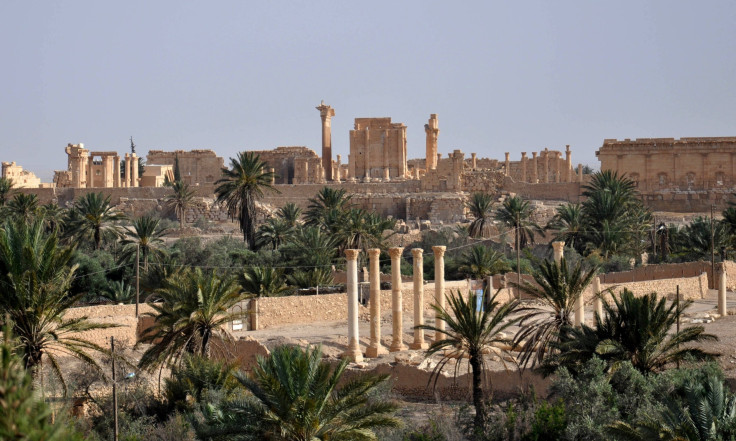ISIS Has Taken 'Cultural Cleansing' In Syria And Iraq To 'Unprecedented Levels': UN

The scale of destruction of historical and cultural artifacts in territories controlled by the Islamic State group in Iraq and Syria has reached “unprecedented levels in modern history,” Irina Bokova, director-general of Unesco, said, during a conference in London on Thursday. The comments came even as ISIS released a statement claiming that it had destroyed several statues in the Syrian city of Palmyra, which has been under the group’s control since May.
“This is part of a strategy that I call cultural cleansing, used as a tactic of war, to terrify populations, to finance criminal activities,” Bokova said. “Unesco has worked hard, so this link is better understood at the political level.”
The Syrian and Iraqi territories currently controlled by ISIS contain some of the richest archeological artifacts on the planet. Some of the ruins, shrines, statues and buildings in these regions are believed to be over 3,000 years old.
On Thursday, ISIS reportedly published photographs showing its members hitting several statues -- reportedly looted from Palmyra -- with sledgehammers. According to Maamoun Abdelkarim, Syria’s antiquities director, the Sunni militant group also destroyed “the Lion of al-Lat” -- a statue of a pre-Islamic Arabian goddess dating back to the first century BC -- over the weekend.
“ISIS members on Saturday destroyed the Lion of al-Lat, which is a unique piece that is three meters [10ft] tall and weighs 15 tons,” Abdelkarim told Agence France-Presse (AFP). “It’s the most serious crime they have committed against Palmyra’s heritage.”
The Unesco World Heritage site of Palmyra -- known for its iconic colonnades that represent a unique amalgamation of Greco-Roman and Persian civilizations -- has been under threat of destruction since the militant group captured it. ISIS has a history of destroying statues and artifacts it believes to be idolatrous. In February, the group released a video showing its members toppling 3,000-year-old statues in the Mosul museum in Iraq. It also showed the militants attacking these artifacts with power drills, sledgehammers and pickaxes.
Although the buildings and monuments are believed to have been spared -- for now -- several shrines and tombs in the city have been blown up. ISIS has also rigged the ancient city with mines and improvised explosive devices in order to prevent the advance of government forces.
© Copyright IBTimes 2024. All rights reserved.












